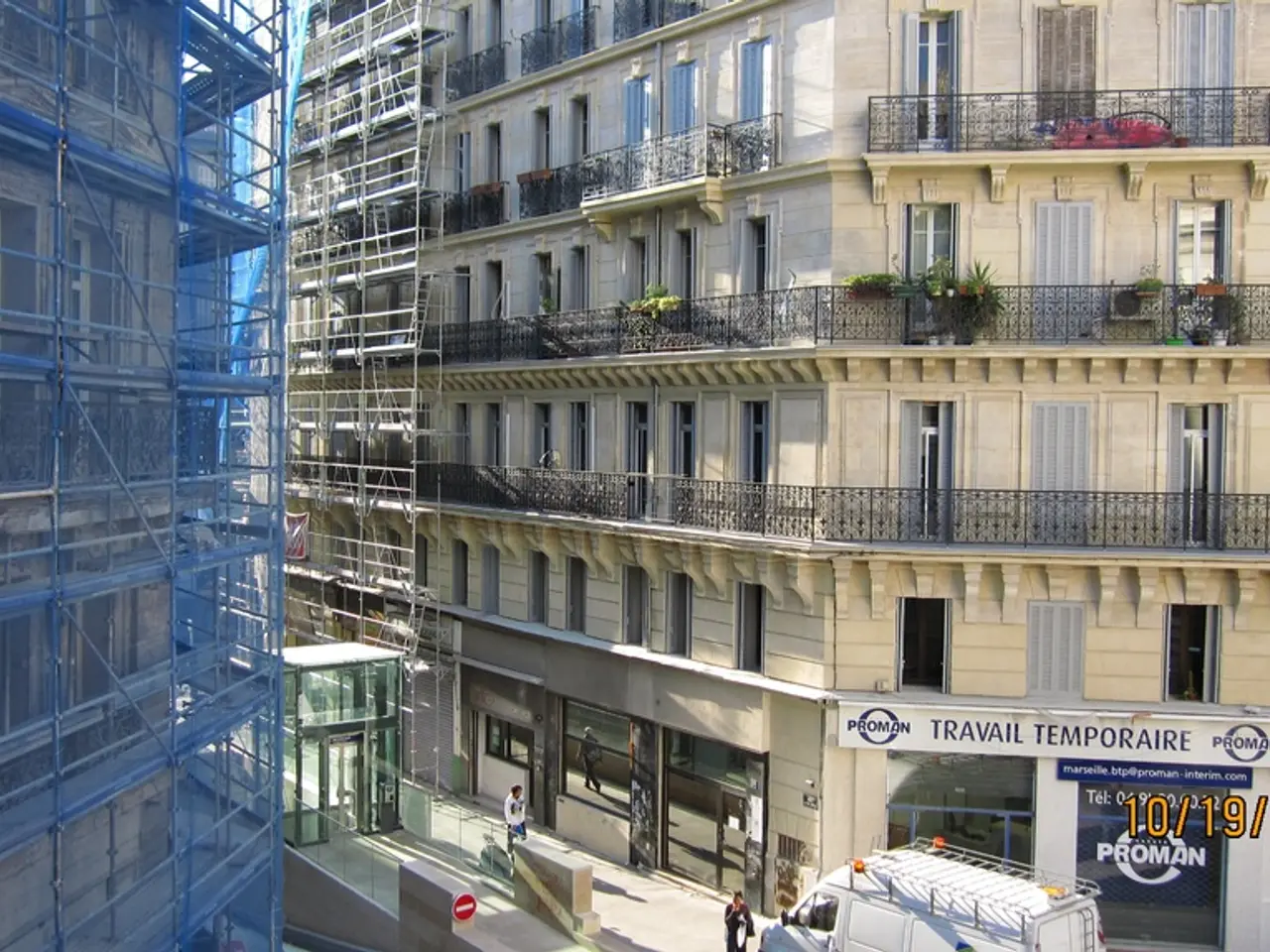Cost Estimation for Redesigning an Established Eatery's Interior
Remodeling a restaurant space can be an exciting yet daunting task, with numerous factors impacting the overall cost. Here's a breakdown of the key elements to consider when planning your renovation project.
Project Management
Effective project management is crucial for controlling labor costs. By hiring experienced professionals, setting a realistic timeline, and ensuring clear communication, you can contribute to a smooth project execution.
Permits and Regulations
Obtaining permits for restaurant space remodeling is often necessary, and the associated costs include permit fees, inspections, and potential modifications to meet building codes and regulations. Be sure to factor these expenses into your budget.
Comparing Quotes and Negotiating
Seeking multiple quotes from contractors and vendors allows you to compare costs and negotiate for a favorable balance between cost and quality. Discussing your budget and exploring options can help you achieve the best possible outcome.
Key Cost Drivers
Several factors contribute to the cost of restaurant remodeling. These include:
- Design and Planning: Fees for interior designers, architectural plans, and permits can range from $12,000 to $40,000, depending on project complexity.
- Equipment: Kitchen appliances and specialized restaurant equipment can cost between $70,000 and $150,000.
- Furnishings and Décor: Costs for tables, chairs, lighting, and decor can range from $30,000 to $60,000.
- Building and Construction: This includes structural changes, electrical and plumbing upgrades, and HVAC, potentially costing $70,000 to $170,000 or more.
- Labor: Skilled labor for construction, installation, and finishing may add $50,000 to $100,000 or higher.
- Material Quality: Higher-end finishes and materials increase costs.
- Location: Renovation costs vary by geography; major cities often have higher contractor rates and permit fees.
- Code Compliance: Local building codes, fire safety, ADA accessibility, and inspections add to cost and complexity.
- Permits and Inspections: Fees and delays related to permits vary but are essential to budget for.
- Timeframe: Expedited renovations typically incur overtime and premium charges.
Additional costs include marketing and advertising to relaunch the restaurant and contingency funds to cover unexpected expenses.
Seeking Professional Guidance
While it's not mandatory, hiring a professional contractor with experience in restaurant remodeling can streamline the process, ensure compliance with regulations, and provide expertise in cost-effective solutions. Consulting with a professional restaurant remodeling contractor or project manager can provide insights into cost-effective solutions without compromising on quality.
Planning and Budgeting
The initial phase of research and planning serves as the bedrock for the remodeling process. Restaurateurs must look into the intricacies of their existing space, navigate regulatory mazes, and envision the future aesthetic and functional facets of their establishment. Design complexity significantly influences costs, so simplifying the design while maintaining aesthetics can help manage costs.
The goal of remodeling a restaurant space is to create a refreshed and inviting space that resonates with the brand and captivates customers, while managing costs effectively. It's advisable to include a contingency budget of around 10-20% of the total estimated cost. By following these guidelines, you can ensure a successful restaurant remodeling project.
A well-managed project can help control labor costs during restaurant remodeling, thereby contributing to efficient execution of the renovation plan.
Adhering to food-and-drink industry regulations and obtaining necessary permits might add to the cost of home-and-garden projects like restaurant remodeling.




